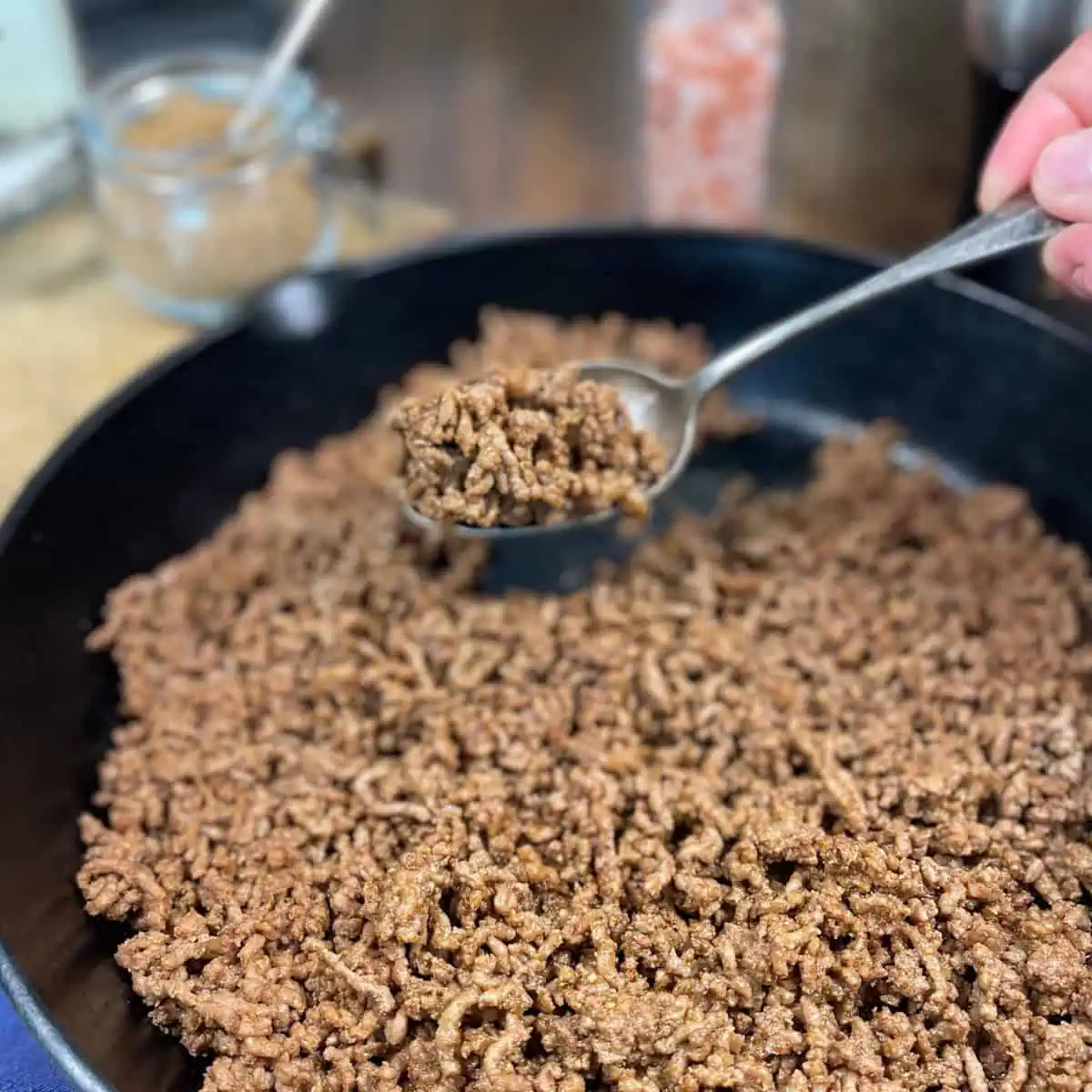Meat Top Quality Grades Explained: What You Need to Know
Meat Top Quality Grades Explained: What You Need to Know
Blog Article
From Farm to Table: Fresh and Premium Meat Choices
The journey of meat from farm to table envelops an intricate interaction of high quality, ethics, and sustainability. This shift not just boosts the dietary profile of meat but also sustains regional economies.
Understanding Meat Sourcing
As consumers become significantly conscious of the beginnings of their food, comprehending meat sourcing has gotten critical importance. Meat sourcing entails mapping the journey of meat from ranch to table, incorporating various factors such as farming practices, animal welfare, and environmental impact. This awareness encourages consumers to make informed options that align with their worths, especially regarding sustainability and honest factors to consider.
The sourcing of meat can differ considerably based upon numerous standards, including the sort of livestock, farming techniques, and geographical area. Grass-fed beef frequently comes from pasture-based systems that promote animal well-being and minimize environmental deterioration. On the other hand, standard meat might entail extensive farming methods that increase issues pertaining to antibiotic use and environment devastation.
In addition, traceability plays an essential role in meat sourcing. Knowing the specific farm or area where the meat originates aids consumers make sure high quality and safety and security. Several customers now look for accreditations or labels that suggest humane therapy and lasting techniques, mirroring an expanding demand for openness in the food supply chain. Ultimately, understanding meat sourcing not just boosts consumer choice yet also cultivates accountable consumption and sustains honest farming methods.
Benefits of Fresh Meat
Picking fresh meat provides various advantages that prolong past flavor and appearance. Fresh meat typically preserves greater dietary worth compared to its frozen or refined equivalents. It is frequently richer in crucial nutrients, such as B vitamins, iron, and zinc, which are crucial for preserving general health and wellness.
In addition, the sourcing of fresh meat frequently involves shorter supply chains, lowering the time between farm and table. This suggests that the meat is much less likely to lose its dietary integrity throughout transportation and storage. Furthermore, customers can experience improved taste and juiciness, which can raise culinary experiences.
Fresh meat also supplies a chance for consumers to sustain neighborhood farmers and promote sustainable farming methods. When buying from regional resources, people can add to their local economic climate and promote a greater link to the food they take in.
Finally, fresh meat is generally without the chemicals and ingredients generally discovered in refined options. This makes it a cleaner, healthier option for those looking to decrease their intake of man-made components. Overall, the advantages of choosing fresh meat incorporate health and wellness, preference, and a sense of community engagement.
Pet Welfare Specifications
Ensuring high animal well-being criteria is necessary for both honest considerations and the quality of meat items. The treatment of animals straight affects not only the ethical implications of meat manufacturing but likewise the total top quality and security of that site the end products. Pets raised in gentle problems are less worried, resulting in much healthier pets and, subsequently, superior meat quality.
Laws and accreditations worrying animal well-being have come to be increasingly considerable in the meat industry. These frameworks make certain pets are given with sufficient area, correct nourishment, and humane handling throughout their lives. Practices such as pasture-raised systems and free-range environments add to far better pet welfare by enabling animals to exhibit all-natural actions, which is important for their wellness.
Furthermore, customers are becoming a lot more critical regarding the sources of their meat, bring about a growing demand for products that adhere to stringent pet well-being criteria. This change not just advertises honest farming techniques yet additionally motivates producers to take on procedures that enhance the health and welfare of their animals. Meat. Eventually, prioritizing animal welfare is not simply an ethical imperative; it is likewise a pathway to producing premium-quality meat that fulfills customer expectations

Sustainable Farming Practices
Sustainable farming practices play an important function in improving both pet welfare and the top quality of meat items. These practices emphasize the value of environmental stewardship, honest therapy of animals, and resource efficiency. By carrying out rotational grazing, farmers can promote healthy and balanced field ecosystems, allowing pets to prey on nutrient-rich yards while stopping overgrazing. This technique not only sustains animal health yet additionally enhances the soil, reducing the requirement for you can find out more synthetic fertilizers.
Furthermore, sustainable farming often includes integrated bug monitoring and natural feed options, lessening the usage of unsafe chemicals. This method not only safeguards animal health but likewise causes cleaner, safer meat items for consumers. Water conservation techniques, such as rain harvesting and effective irrigation systems, better add to lasting methods, making sure that sources are used carefully.
Moreover, fostering biodiversity with polyculture systems and protecting habitats for wildlife improves the durability of farming communities. By prioritizing these lasting techniques, farmers can produce premium meat that meets consumer need while advertising environmental balance. Inevitably, embracing sustainable farming practices is necessary for producing an extra accountable and resistant food system that benefits pets, farmers, and consumers alike.
Deciding On High Quality Over Quantity
Frequently, customers are confronted with the problem of selecting in between amount and quality when it involves meat items. While purchasing bigger amounts may seem economically beneficial, the long-lasting benefits of choosing top notch meat much outweigh the prompt cost savings. Quality meat is often sourced from animals increased in lasting atmospheres, where they are offered appropriate nutrition and treatment, leading to superior flavor and nutritional worth.
Top quality meats are commonly without unsafe ingredients, hormonal agents, and anti-biotics that are frequently present in mass-produced choices (Meat). This not just makes certain a healthier dining experience yet additionally supports moral farming techniques that prioritize animal welfare. Furthermore, costs meats tend to have a better structure and flavor, enhancing the overall cooking experience
Buying quality meat urges customers to value smaller parts, enabling a much more mindful method to eating. This change not just impacts personal health favorably however likewise advertises lasting intake patterns that can benefit the environment. Finally, prioritizing quality over amount when choosing meat items fosters a much more accountable and health-conscious way of living, inevitably enhancing both the dining experience and the earth.
Verdict

Report this page